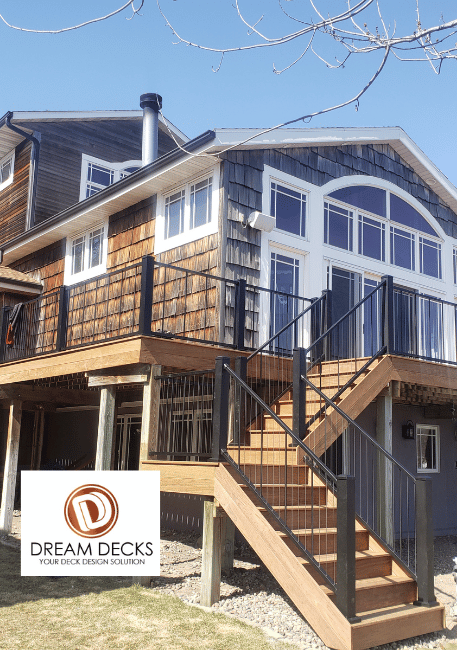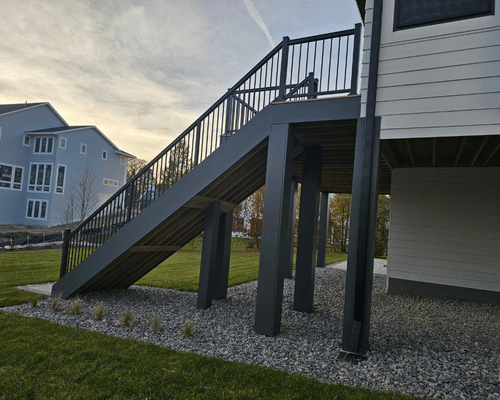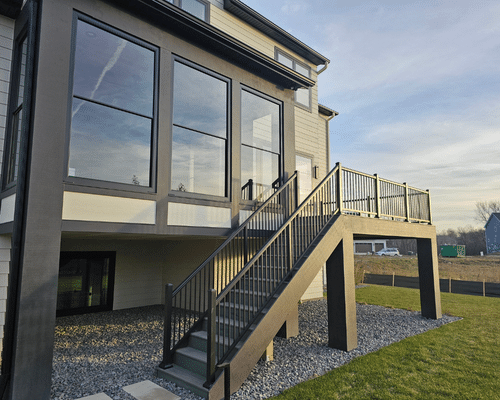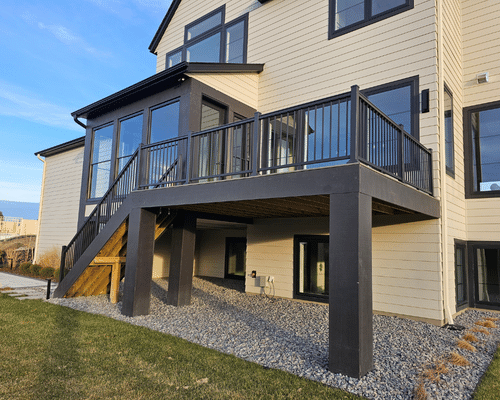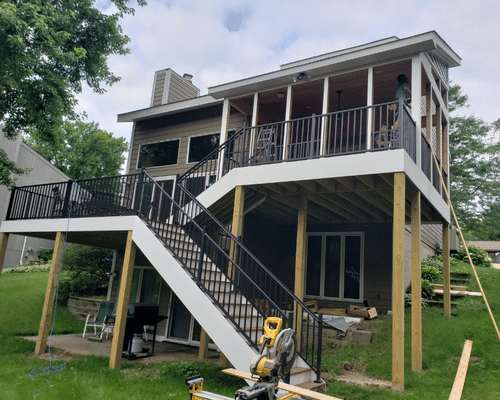residential deck contractor
Weather-resistant Materials
Wood-plastic composite (WPC) decking combines the best of both worlds, offering the natural look of wood with the enhanced durability and low maintenance of plastics. This innovative material is resistant to rot, insects, and fading, providing a sustainable, attractive option for modern decking.
Want to maximize the usability of your deck? A deck builder can optimize your outdoor space by incorporating features such as built-in seating, lighting, and storage. By carefully planning the layout and functionality of your deck, a skilled builder can create a space that is both practical and aesthetically pleasing.
Residential deck contractor - Deck Design Services
- Outdoor Living Spaces
- Deck Design Services
- Outdoor Entertainment Areas
- Deck Installation Techniques
